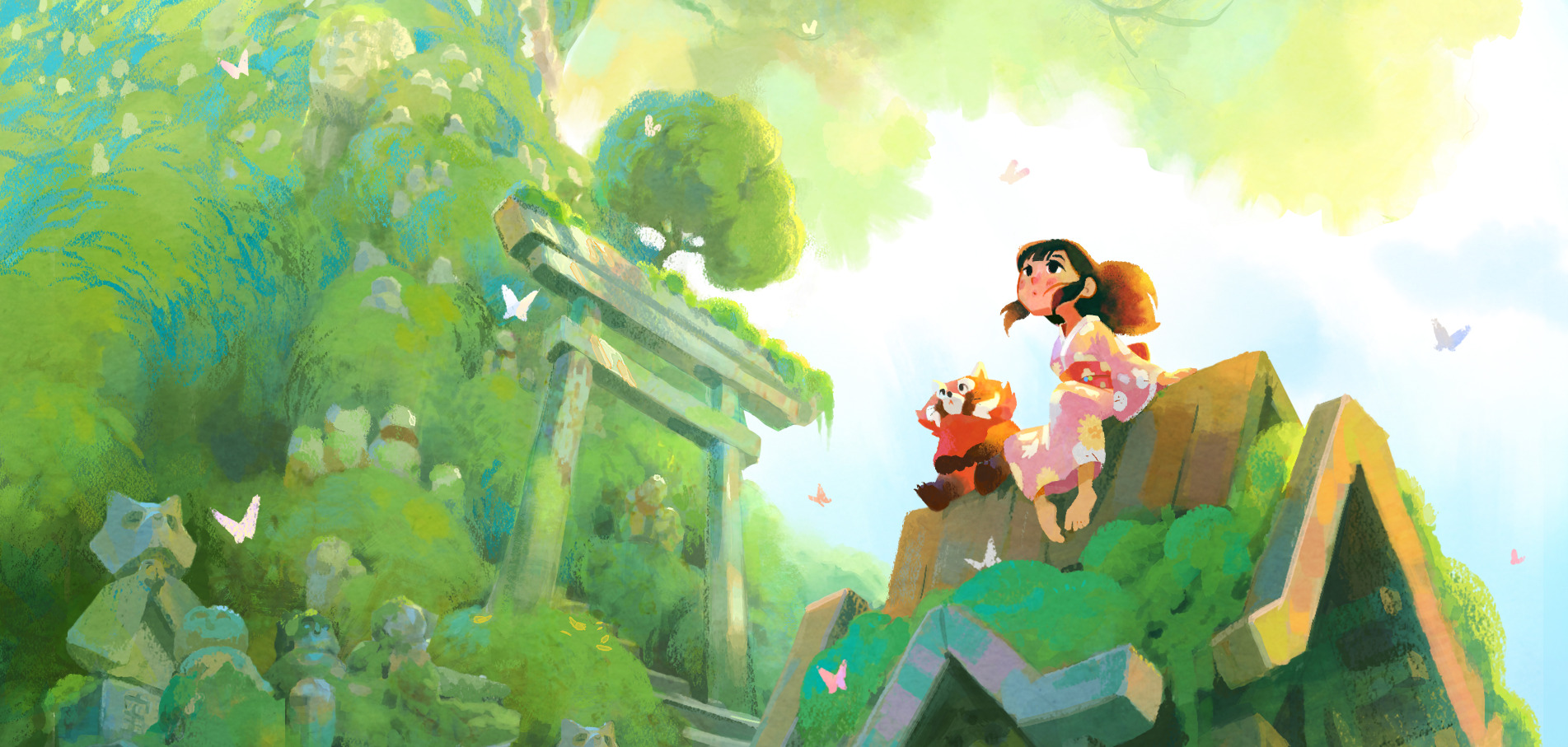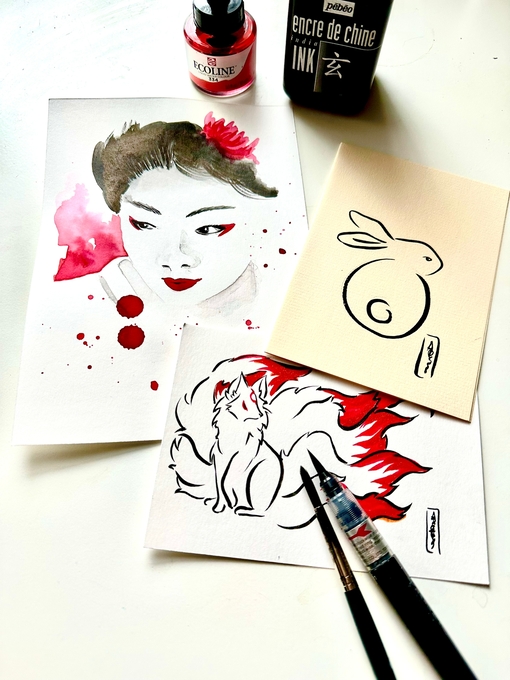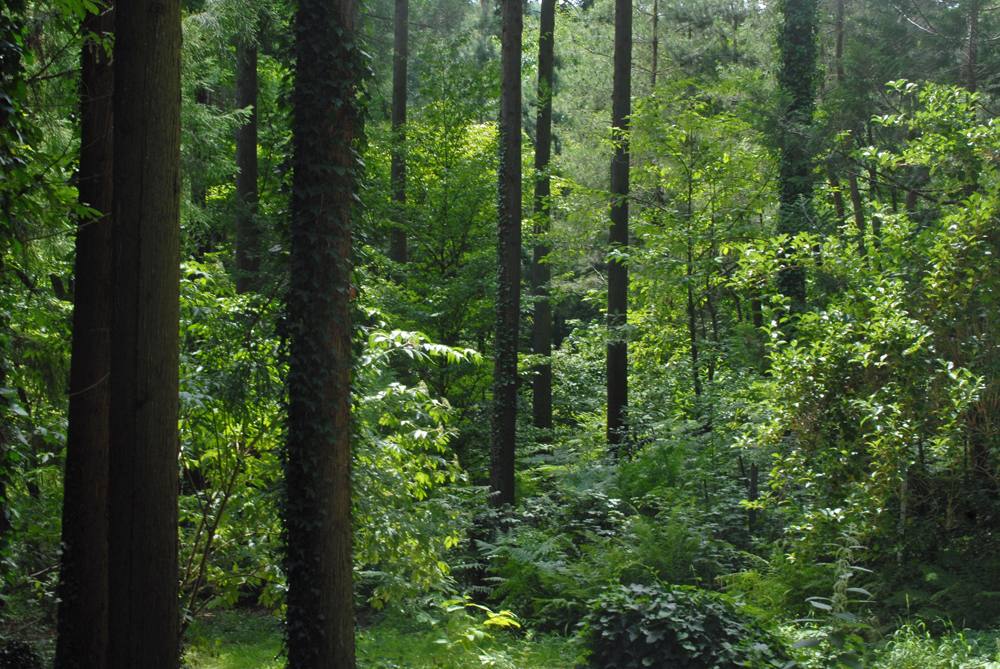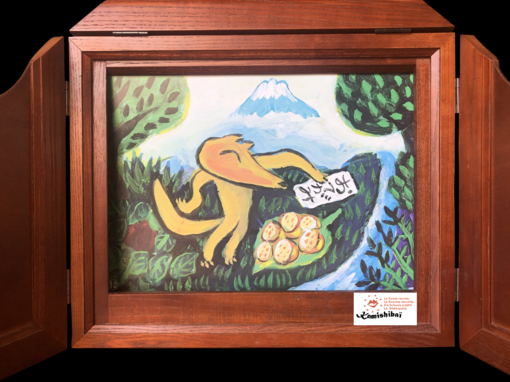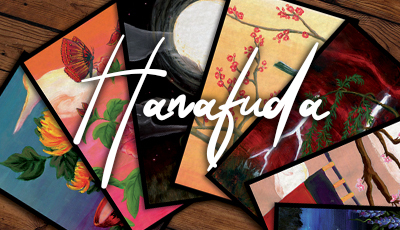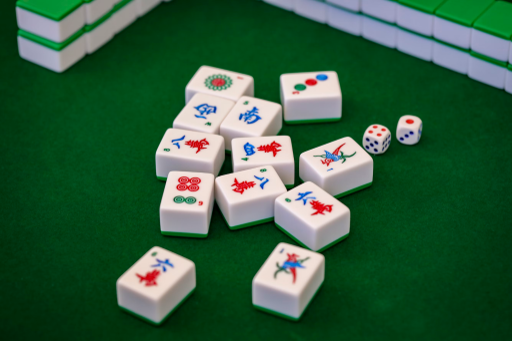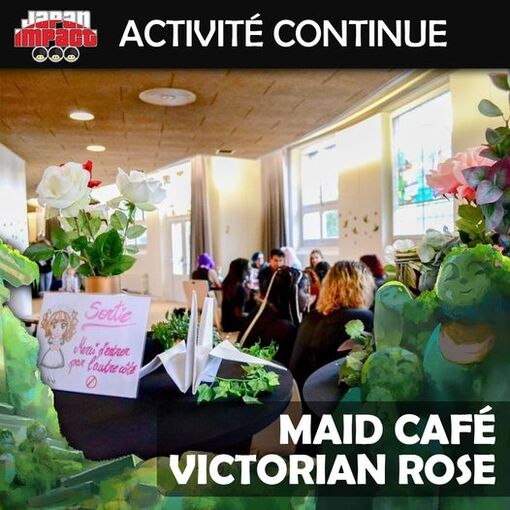Cercle Suisse Japon and the Arboretum japanese forest
The Arboretum japanese forest project
Sylvain Meier, inf. forestier EPFZ
A dream born following a visit to the Japanese forests of southern Japan in 1979.
Moving from dream to reality!
Back from my journey centered on the forest of southern Japan, I gradually imagined a Japanese forest in the context of the Vallon de l’Aubonne.
Trained as a forest engineer, I had the opportunity to discover forest phytosociology (the way forest ecosystems are organized!) during my studies.
Ideally for us, Japan has adopted the European approach to describe its vegetation, in particular that of its forests, both very similar to ours in its more exotic “cold temperate” part, for us, in its southern part.
Another big difference, our flora was very affected (depleted) by the glaciations l China and Japan, as well as North America did not “suffer” to the same extent… we find there elements belonging to the tertiary flora ! partly also present in “Europe” at the time!
Akira Miyawaki, well known today for his method, was the artisan coordinating the mapping of Japanese forests (1980-89). An exceptional work.
The Japanese forest project is gradually being set up over an area of 3 ha which offers a wide variety of topographic and soil conditions, generally in SW exposure and sheltered from the wind…
Alpine erratic blocks, often covered with moss, are numerous.
Such a project requires collaboration with many institutions such as local and Japanese Botanical Gardens to source seeds.
Risk assessment (frost hardiness, development of the plant in Europe, plant requirements) was carried out on an ad hoc basis during the ten years preceding the presentation and acceptance of the Japanese Forest Project by the Technical Commission of the Arboretum, today, National Arboretum of the Vallon de l’Aubonne).
Since then, things have been happening mainly in the field thanks to a team of motivated volunteers.
The participation of the Cercle Suisse Japon was essential in terms of socio-cultural activities and quickly took concrete form in the establishment of the Hanami which, since then, is celebrated every spring, at the beginning of April.
A Japanese Festival, with Taiko, Kyudo, Shakuhachi and Tea Ceremony is organized in June. The opportunity each time to discover or follow the development of the project.
At the same time, a course in Japanese vegetable dyeing given by Betty de Paris, an indigo specialist, allows you to discover the dyeing properties of several plants from the Japanese forest.
In autumn one or two visits to the forest are organized in the context of the Autumn of Japanese Culture of the Consulate of Japan in Geneva.
If you would like more information, do not hesitate to write to Mr. Meier sylvain.meier@bluewin.ch
Find Cercle Suisse Japon on their Web Site

